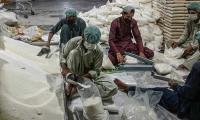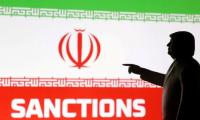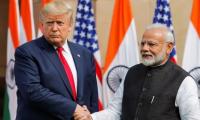that many things that were unfair or unsuccessful about the ‘old Nepal’ could be improved by constitutional change.
A well-known Kathmandu intellectual told me that no sooner was the ink dry on the peace agreement than “the elites [started] muttering the parties have given away too much”.
Most of what’s happened since can be read as a concerted fight-back by the many and various beneficiaries of the previous constitution against making significant changes in the new one.
The most contentious issue has been the demand for federalism, which is especially championed by advocates for several historically marginalised communities.
According to them, the centralised state system has entrenched the dominance of upper-caste Hindus, and this can be reversed by a federal system designed to partly reflect the traditional ‘homelands’ of other groups. It is a demand to secure what they believe is their rightful place in the nation.
Opponents warn that such demands threaten the very essence of the country, undermining social harmony, and risking ethnic conflict.
However, while they have opposed this, and sometimes other measures such as a proportional voting system, designed to promote a more ‘inclusive’ state, opponents have typically offered few alternatives to address the reality of discrimination and political ‘exclusion’ faced by many – probably most – Nepalis.
This side of the argument presents itself as being against divisive ‘ethnic’ politics and for ‘national unity’.
Instead of ‘identity based’ federalism it proposes a model based on ‘economic viability’, in which, as critics in turn point out, most provinces would once again be dominated by the same upper-caste communities whose members have long been dominant.
There is, in short, no escaping identity politics, for either side. The debate has been confusing, deliberately misleading, emotional and alarmist. Yet – as they currently stand – the demands of marginalised groups hardly seem extreme.
Excerpted from: ‘Nepal’s fleeting moment of optimism’.
Courtesy: Aljazeera.com
Palestinian activist Awdah Hathaleen. —X@Issamro/FileOn July 28, 2025, an Israeli settler shot Palestinian activist...
Footage of the migrant boat hours before it capsized. — X@YasirQadhi/FileOn July 10, Thanos Plevris, the Greek...
Coffee being poured in a cup. — AFP/FileIn a country long steeped in the warm familiarity of chai, a quiet...
An undated session of the United Nations Human Rights Council in this file image. — UNHCR/FileThe United Nations...
A man stamps on ballot papers as he casts his vote at a polling station in Chakri. — AFP/FileThe reasons why...
The representational image shows female students taking computer classes at a digital skill training institute on...







